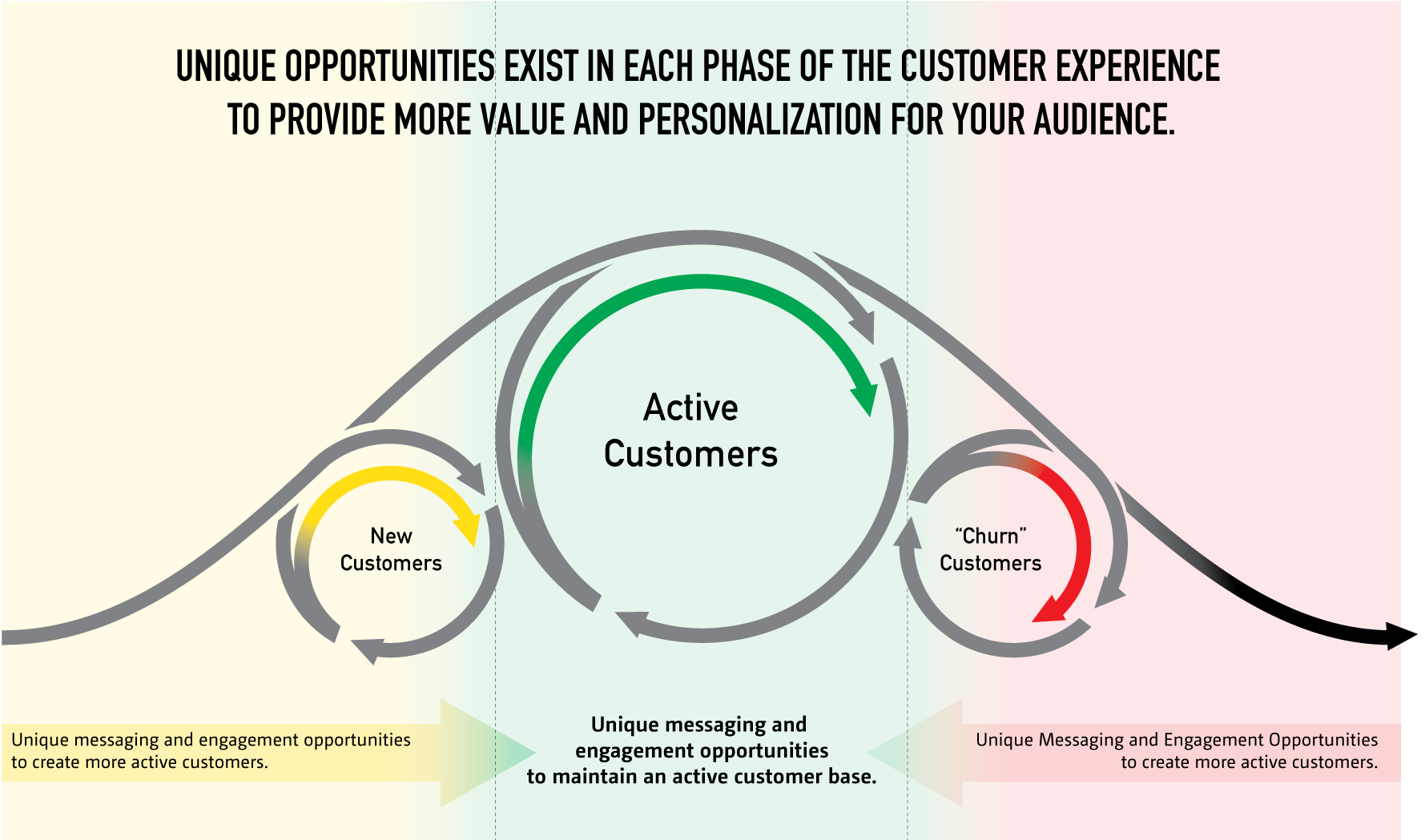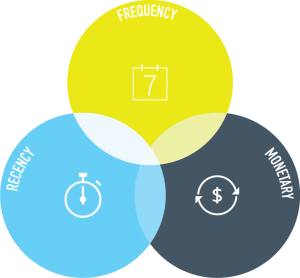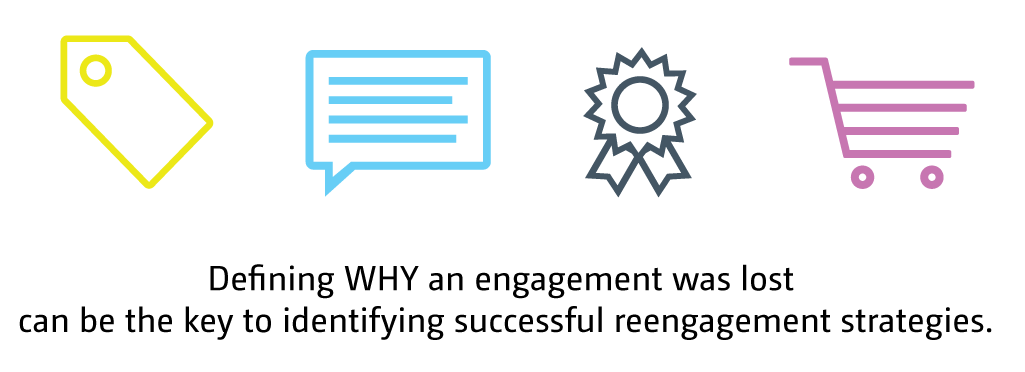How to Make Friends and Influence People
We wear different hats every day. And the way we communicate changes based on the hat we are wearing….boss, employee, friend, husband (wife), mother (father)…

Just like there are many different dimensions to effective personal communication, there are many different dimensions to customer communication.
So just like you wouldn’t talk to your child like you would a buddy from college, you shouldn’t have the same communication practice for all customers.
Here are a few steps to get started with customer segmentation, and evolve from a general marketing approach to a targeted and personalized customer relationship strategy (this approach can be used for both B-to-C and B-to-B businesses).
Start with the broadest category definitions.
You can begin to segment you customer base by lifecycle stages. There are 3 broad categories that any customer base can be organized by:
New, Active, and Churn.

New Customers are individuals who have recently made their first purchase (or other transaction). They are taking you for a test drive, no basis for trust has been established yet, and they are most relatively sensitive to all aspects of their experience with your organization (website experience, digital presence, customer service, etc.)
Active Customers are those who have been recently active beyond a first purchase or predefined new customer engagement period. The degree to which they are active will be further defined when we dig deeper into sub-segmentation. The range can include brand advocates, repeat customers, and discount/special offer purchasers.
Customers in the churn stage of the lifecycle have been inactive or not made a purchase for an extended period of time.
Now this is an initial, and very high level of segmentation. But even at this stage, just by making these distinctions, you will be able to tailor your messaging and personalize your marketing efforts more effectively than with a general marketing approach. However, the deeper you go into segmentation, the greater return you start to see.

Give new customers the best experience possible
You can’t please everyone all the time, but there are steps you can take to ensure that your marketing efforts are generating definitive returns.
The best way to encourage new customers, or even unique visitors, to become long-term customers is to create a good experience. Going beyond creating a good on-site experience and providing good customer service, this is the perfect time to create additional value (extra benefits, special offers, etc.) that will make them feel welcomed and appreciated, and differentiate your organization from the competition.
Going deeper into the new customer segment, we can identify two groups that should receive extra attention.
One Time Customers are those who never returned after an initial interaction, and who you want to reengage. This is a group that can be incentivized with particularly attractive offers to return in the short term, but may or may not transition to active customers.
New Customers with High Potential are those with the highest potential long-term value. This group can be identified by using customer lifetime value forecasting models, which incorporate behavioral and demographic data to predict likely future behavior. Or a simpler , albeit less accurate, method is to take the top 5%-10% of New Customers based on the value of their first transaction and provide VIP service, long-term incentive programs, or customized offers to keep them engaged for expended periods of time.
Cluster active customers to deliver a more personalized experience.

When we use cluster modeling, we are using data to differentiate a customer base by any number of predefined factors. The goal is to identify groups within groups in ways that will maximize their interactions. One of the most effective ways to greatly increase response rates of existing customers is to use Recency, Frequency, Monetary (RFM) analysis.
Using the RFM method, The most valuable cluster are those customers who have recently, (R) engaged in multiple transactions (T) with a high monetary (M) spend. These are the customers who should receive special attention.
For every other active customer category, the analysis can be used to identify plans of action:
Customers that have recent high spends despite few purchases (high M & R) can be provided incentives to increase their frequency (F).
Customers that have a history of average spends (medium M), but with regular frequency (high F) can be reminder incentives to maintain their behaviors (R).
Define inactive customers

Customers that fall into the Churn phase of the the lifecycle can be divided into two main categories: those that are one time customers and have never reengaged, and those who were active for a longer period of time before falling off.
Each of these groups can have inherent challenges with reengagement, and more aggressive, albeit unique, messaging and offers can be employed to restart the relationship.
The bottom line is that anything you can do to create a personalized experience based on a customer’s unique segment will have a positive impact on your marketing efforts.
And the more you can specialize the messaging and segment your customer base, the more refined you can make your relationship with your customers.